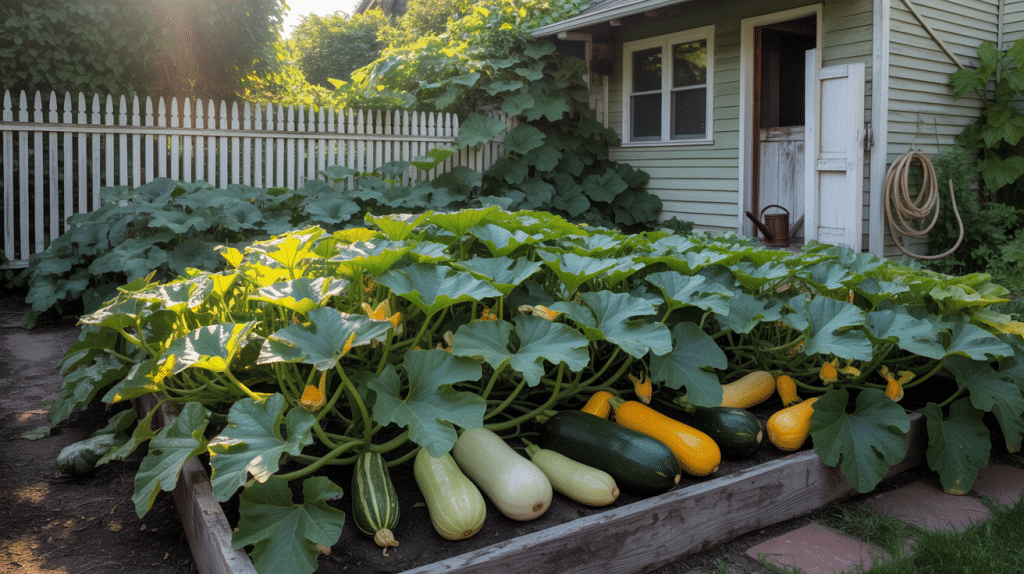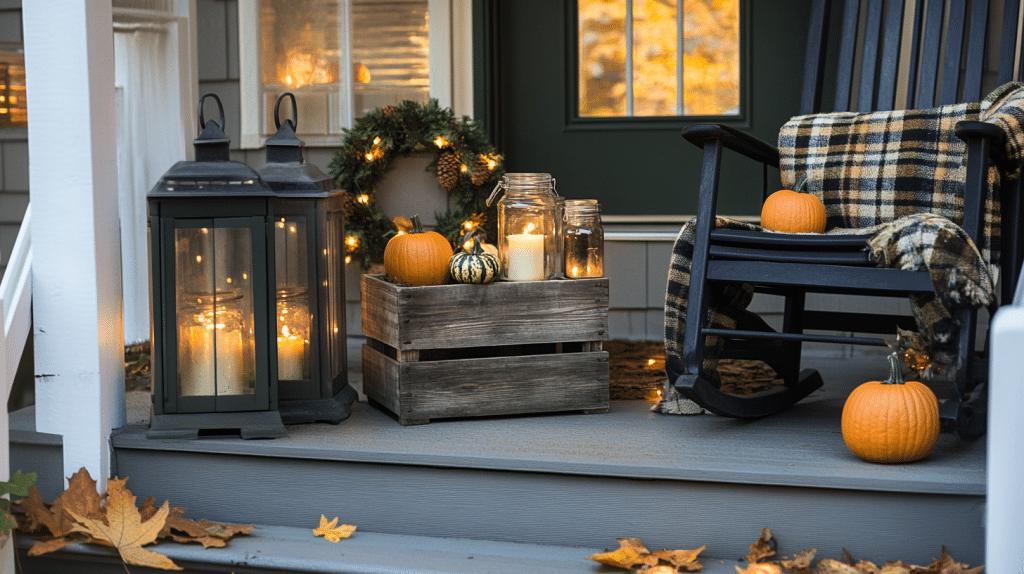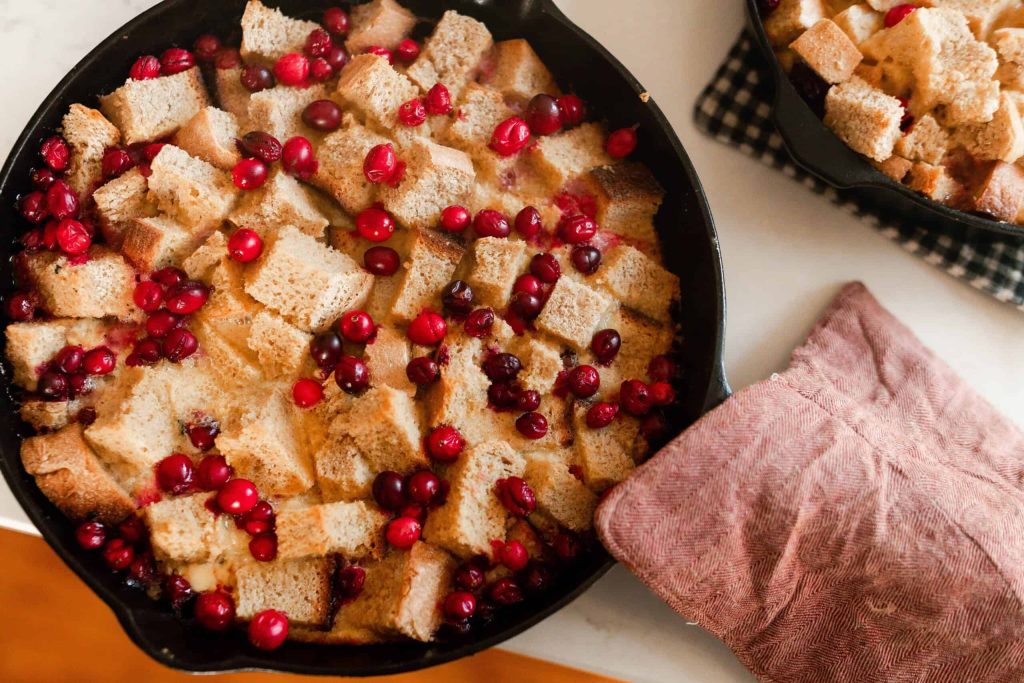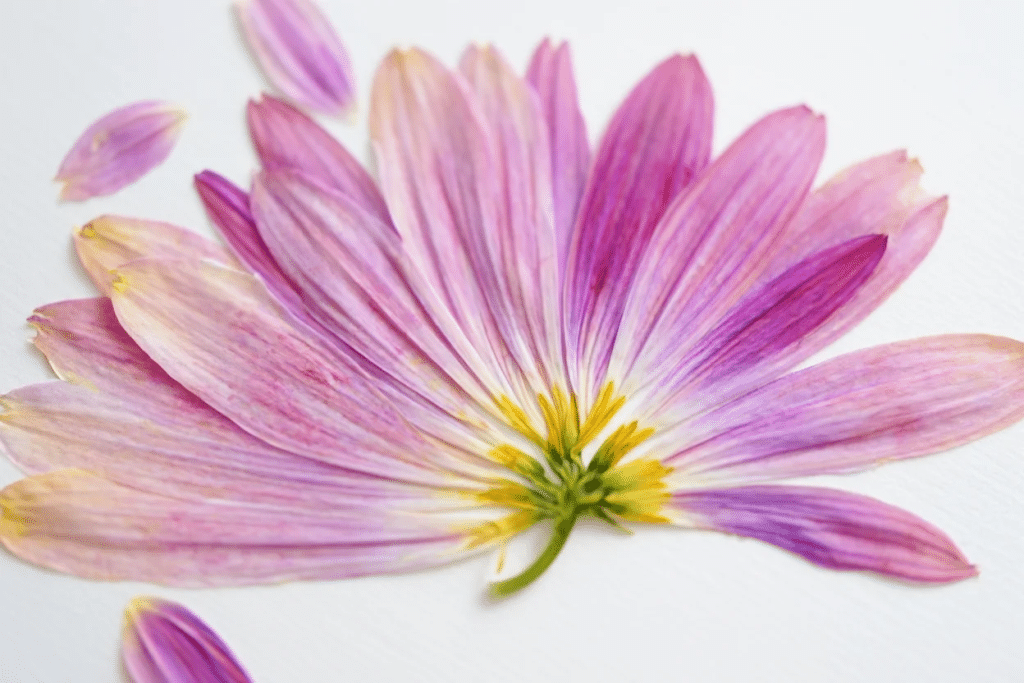Ever stood in your garden, squash in hand, wondering when to pick the squash? I know I have.
Timing the harvest can feel like a guessing game, especially when zucchini seems to double in size overnight or butternut squash takes months to mature.
Mother Nature gives us clear signs, from the thickness of the skin to that satisfying hollow sound when you tap a mature squash.
In this blog, I’ll break down everything I’ve learned about harvesting both summer and winter squash at their peak, so you can enjoy the fruits of your labor at just the right moment
When to Pick Squash for Both Winter and Summer
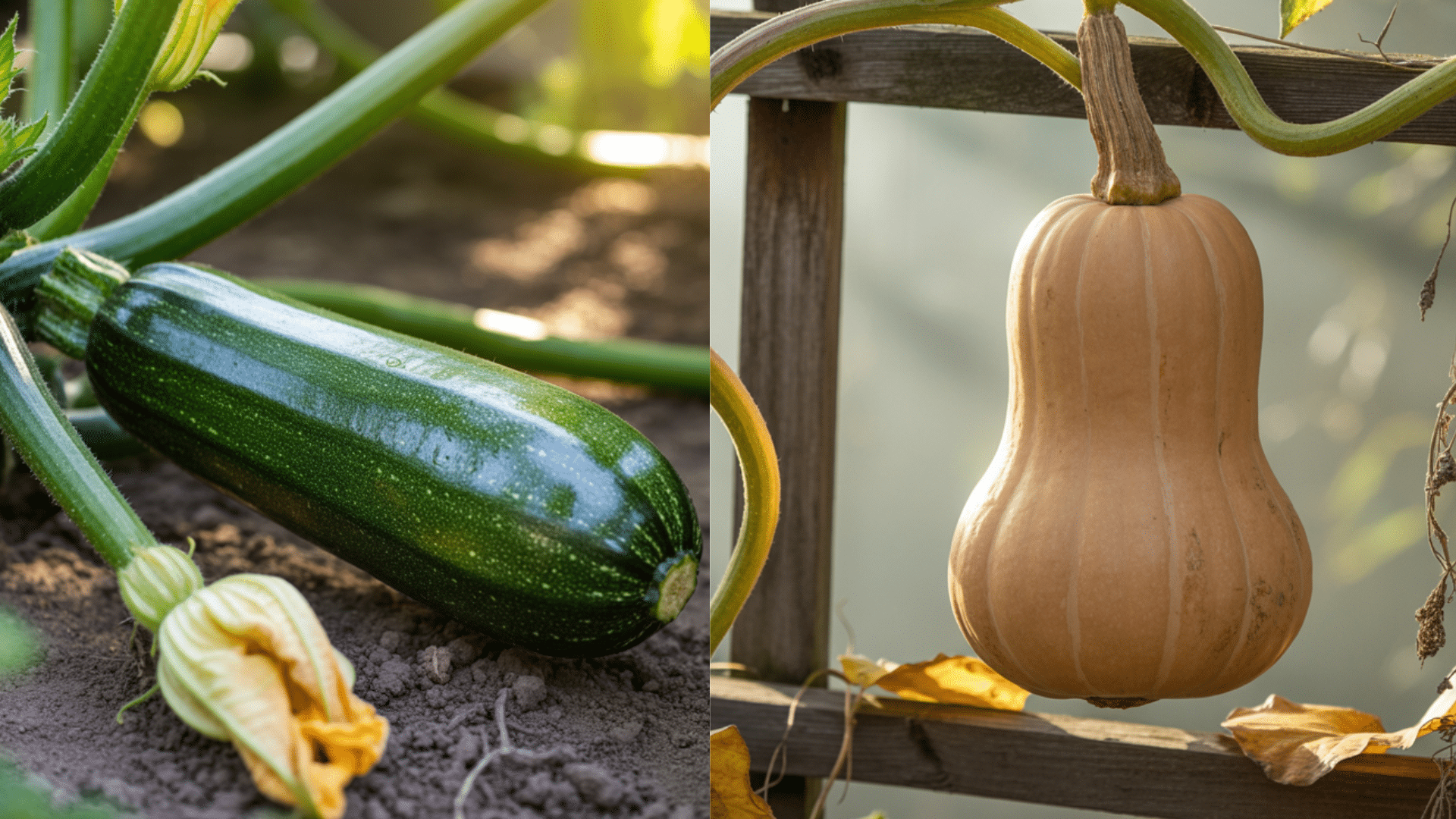
Harvesting squash at the perfect moment ensures the best flavor and texture, if you’re growing summer varieties like zucchini or winter types like butternut. The timing varies significantly between these two main categories.
1. Summer vs. Winter Timing
Summer squash is ready to harvest much sooner than winter varieties. I usually find myself picking zucchini, yellow crookneck, and patty pan about 50–70 days after planting. The key is to pick them while they’re still small and tender, around 6–8 inches long, before they get tough or seedy.
Winter squash, on the other hand, really tests my patience. Varieties like butternut, acorn, and hubbard take a full 80–100 days to mature and develop that signature sweetness I love in fall recipes. The wait is worth it for the flavor and texture
2. Visual Harvest Indicators
When I’m checking if my squash is ready to pick, I rely on a few clear visual cues. These signs help me harvest both summer and winter varieties at their absolute peak.
For Summer Squash
- Size: Harvest at 6 inches long for zucchini and yellow squash; 3-6 inches in diameter for patty pan varieties.
- Skin: Should be shiny and tender enough to pierce with a fingernail.
- Color: Vibrant, consistent coloration (deep green for zucchini, bright yellow for summer squash).
- Stem: Still green and flexible, not woody.
For Winter Squash
- Color: Deep, rich coloration with no green patches remaining.
- Skin: Hard enough to resist fingernail pressure (the “fingernail test”).
- Sound: Produces a hollow sound when gently tapped.
- Stem: Dried and corky, not fresh and green.
- Vine: Often begins to die back near harvest time.
Harvesting Techniques for Maximum Yield
Proper harvesting techniques are key to getting the best quality squash. Follow these simple steps to protect your plants, preserve flavor, and ensure your harvest lasts well into storage.
1. Use Sharp Tools: Always harvest squash with sharp pruning shears or a knife to make clean cuts. This helps the fruit heal quickly and reduces the risk of disease entering the plant.
2. Protect Your Hands and the Fruit: Wear garden gloves to shield your hands from prickly stems and leaves, especially when harvesting summer squash. Use a small basket or container with cushioning (like newspaper or towels) to prevent bruising and damage during transport.
3. Leave a Stem Attached: Cut squash with 1–2 inches of stem remaining. For winter squash, the stem acts as a natural seal against bacteria and fungi. For summer squash, a clean-cut stem helps slow moisture loss and decay.
4. Handle Gently and Store Carefully: Avoid stacking squash too high and handle each fruit gently to prevent bruising or nicks. This preserves quality and extends storage life, especially for winter squash that needs to cure before storing.
Storage and Curing Details for Squash
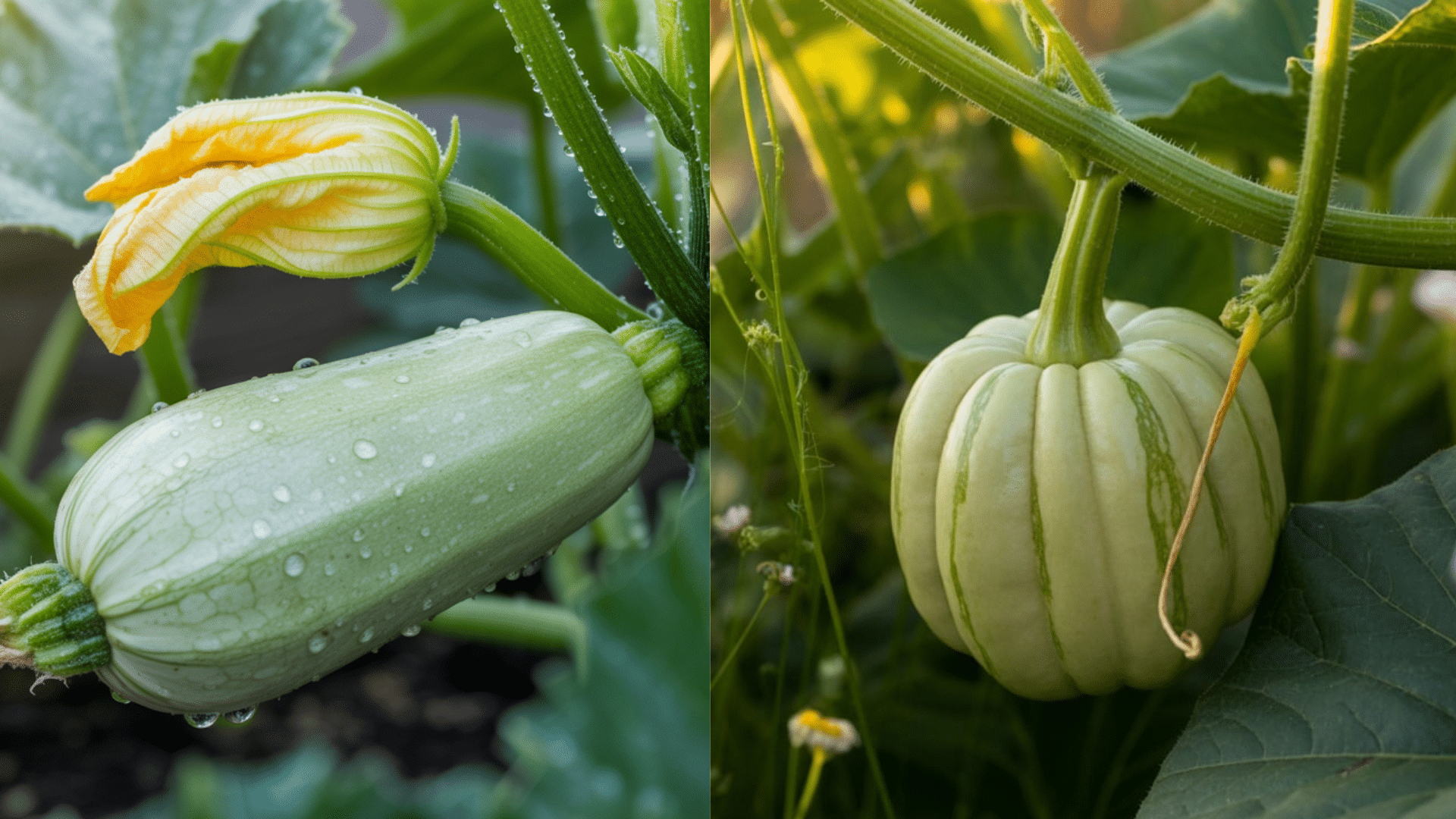
When it comes to storing my squash harvest, I know that proper curing and storage are key for long-lasting, flavorful results. Here’s how I handle both winter and summer squash to keep them at their best.
Winter Squash
- Cure winter squash (except acorn) in a warm, dry, well-ventilated spot at 80–85°F (27–29°C) with 80–85% humidity for 7–14 days.
- Rotate squash daily for even sun exposure if curing outdoors.
- After curing, store in a cool, dry place at 50–55°F (10–13°C) with 50–70% humidity.
- Do not wash before storage; just brush off soil.
- Acorn squash should skip curing and go straight to storage below 55°F.
Summer Squash
- No curing needed; consume soon after harvest.
- Store unwashed in the refrigerator for up to a week for best quality.
- Use breathable bags or containers to prevent moisture buildup.
Tips for Future Harvests
By paying attention to when to pick squash, I can track my progress, spread out the harvest, and adapt to changing weather conditions for even better results.
Each year, my notes and observations help me grow healthier, more productive plants.
- Keep a garden journal to track planting dates, first harvests, and ripeness notes. This helps identify patterns and the best timing for your growing conditions.
- Practice succession planting by staggering your squash plantings 2–3 weeks apart, so you don’t get overwhelmed with all your produce at once.
- Grow a mix of squash varieties with different maturation times (early, mid, late season) to spread out your harvest and buffer against unpredictable weather.
- Monitor weather patterns closely and note how temperature, rainfall, and heat affect your squash, then adjust your planting schedule for next year.
- Set calendar reminders for harvest windows about 50–70 days after planting for summer squash and 80–100 days for winter squash, based on your observations and notes.
The Bottom Line
When I’m picking summer squash for tonight’s dinner or harvesting winter squash to store for months, I’ve learned that knowing exactly when to pick squash makes all the difference between a mediocre and a magnificent harvest.
I trust the signs nature provides the perfect size, color, tender or tough skin, and that satisfying hollow sound when tapped.
As I plan for next season, I use everything I’ve learned about when to pick squash to stagger my plantings, experiment with new varieties, and track my results in a garden journal.
So now, I harvest with confidence, knowing my perfectly timed squash is waiting for me, ready to be enjoyed at its absolute best.


